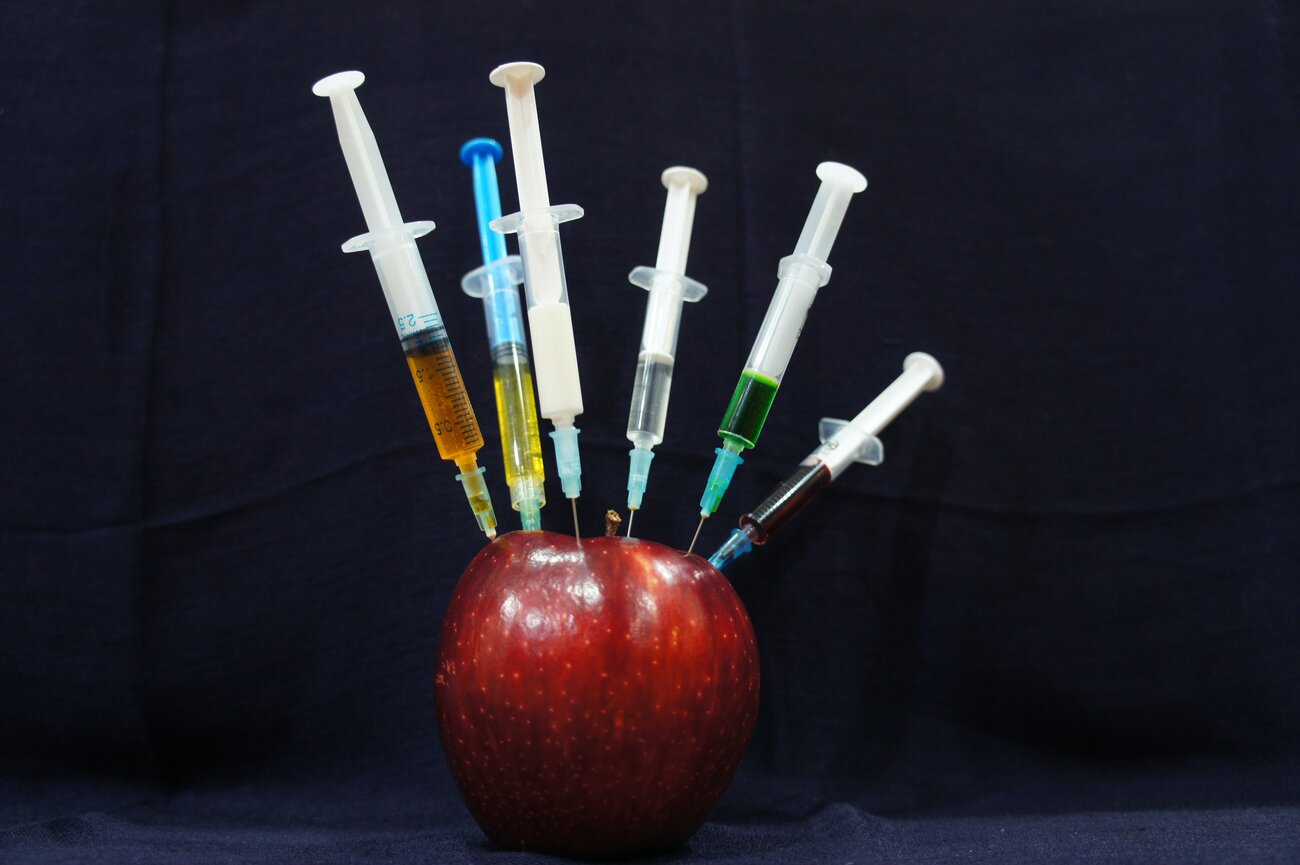Migraine isn’t just a pain in the head. As any migraine sufferer knows first-hand, a migraine attack is often accompanied by a wide range of other symptoms that make it even more debilitating. Some of those symptoms — the prodrome symptoms — can serve as early warning signs that a migraine is headed straight for you.
In this article, we discuss what migraine prodrome is and explore its symptoms and triggers. Best of all, we’ll talk about how you can manage it effectively.
What is Migraine Prodrome?
Migraine prodrome is defined as an early migraine phase that occurs before the headache phase begins. It’s characterized by a wide range of symptoms that occur hours or even days prior to migraine onset.
The prodrome phase can vary in intensity and length from person to person, and some may not experience it at all.
The Phases of Migraine
Most people think of migraine as a really bad headache. But there are four phases to a migraine attack: prodrome, aura, headache, and postdrome.
As you just read, the prodrome phase is the first phase and occurs hours or even days before the headache.
Next come the migraine aura symptoms. The aura phase usually involves visual disturbances or other neurological phenomena.
Unless yours is a “painless” or silent migraine, the migraine pain is phase three, characterized by the infamous throbbing or pulsing, usually on one side of the head.
The postdrome phase is the final phase of the attack, which comes on after the headache has diminished. Postdrome can leave you feeling foggy and tired, like you’re in a daze.
Prodrome Symptoms
Prodromal symptoms vary from person to person, but some of the most common include:
- Fatigue
- Stiff neck
- Yawning
- Hyperactivity
- Mood changes, such as irritability or depression
- Sensitivity to light and sound
- Food cravings or loss of appetite
- Difficulty concentrating
- Increased thirst
- Increased urination
- Muscle stiffness or weakness
- Difficulty sleeping
Understanding Tiggers
There are a huge number of migraine triggers and they aren’t the same for everyone. But if you can identify some of the major ones, it might help you to recognize migraine prodrome so you can manage it more proactively. Some of the most common triggers include:
- Stress
- Dehydration
- Bright lights or loud noises
- Strong smells or odors
- Lack of sleep or changes in sleep patterns
- Hormonal changes in women
- Changes in weather or barometric pressure
- Certain foods or food additives
- Physical activity or exercise
Managing Migraine Prodrome
Migraine prodrome can be managed effectively through a combination of lifestyle changes, medications, and alternative therapies. Here are some tips for managing prodrome symptoms:
Keeping a Migraine Journal
Keeping a migraine journal can be helpful in identifying triggers and managing prodrome symptoms. Record the date, time, and duration of each migraine episode, along with any prodrome symptoms, triggers, and treatments used.
Lifestyle Changes
Lifestyle changes can help prevent or reduce prodrome symptoms. You might consider the following:
- Avoid triggers: Steer clear of triggers you’ve identified by journaling, such as certain foods, stress, and lack of sleep. Once identified, try to avoid or reduce exposure to these triggers.
- Sleep well: Try to get 7-8 hours of quality sleep each night, and try to maintain a regular sleeping schedule.
- Exercise: Regular exercise can help reduce stress and improve overall health. If you’re not used to exercising, start slowly and gradually increase the intensity and duration.
- Manage stress: Stress reduction practices, such as relaxation techniques, meditation, yoga, or deep breathing exercises can help keep migraine-triggering tension at bay.
- Maintain a healthy diet: Avoid skipping meals and aim for a balanced diet rich in fruits, vegetables, whole grains, and lean protein. Avoid additives, such as nitrates, as these can trigger migraine attacks in many people.
- Stay hydrated: Drink plenty of water throughout the day to help prevent dehydration, which can trigger migraine attacks.
- Limit caffeine and alcohol: While caffeine and alcohol can provide temporary relief, excessive intake can trigger migraine attacks.
Medications
Several medications can help manage prodrome symptoms, including over-the-counter and prescription drugs. To determine the best medication for your symptoms, talk to your doctor. Some commonly used migraine medications include:
- Triptans: These are a class of drugs that work by constricting blood vessels in the brain and reducing inflammation.
- Acetaminophen (Tylenol): This is often used in combination with other drugs, such as caffeine and aspirin.
- Nonsteroidal anti-inflammatory drugs (NSAIDs): These drugs help to reduce inflammation and relieve pain.
- Anti-nausea medications: These may be prescribed to help with the nausea and vomiting that often accompany migraines.
Natural Alternatives
There are some alternative methods that may be helpful in managing prodrome symptoms. These typically aim to reduce stress and promote relaxation, which can be effective in managing migraine triggers. Here are some alternatives to consider:
- Eyewear for Light Sensitivity and Migraine: Special eyewear with precisely tinted lenses can help you manage light, which is one of the most common migraine triggers in people with migraine and light sensitivity. The Avulux® Migraine and Light Sensitivity Lens powers all Axon Optics eyewear, and is the only lens clinically proven for people with light sensitivity and migraine.
- Acupuncture: This ancient Chinese medical practice involves the insertion of thin needles into specific points on the body. Acupuncture may work by reducing inflammation, improving blood flow, and promoting the release of natural substances that reduce discomfort.
- Biofeedback: Biofeedback is a technique that teaches people how to control their physiological responses, such as heart rate, muscle tension, and breathing. It is thought to reduce the frequency and intensity of migraine attacks. By learning to control their physiological responses, people can reduce stress and tension, which are common migraine triggers.
- Massage therapy: Massage therapy involves manipulating soft tissues in the body to promote relaxation and reduce tension. Massage therapy is believed to help manage migraine by reducing muscle tension and improving blood flow.
- Before using any alternative migraine trigger management tools, you should speak with a healthcare professional.
Avulux Lenses from Axon Optics
In 2019, the Migraine in America Symptoms and Treatment (MAST) study revealed that the most bothersome migraine symptom is light sensitivity. As discussed earlier, light is also a known migraine trigger and light sensitivity is a symptom of the migraine prodrome phase. In fact, up to 60% of migraine attacks are triggered by light, and up to 90% of migraineurs experience light sensitivity as a migraine symptom.
The Avulux® Migraine and Light Sensitivity Lens is a patented, multi-band precision optical filter. As a light management tool, the Avulux lens works by absorbing up to 97% of the most harmful blue, amber, and red light while allowing up to 70% of the soothing green light through. These lenses may help you by effectively managing the impact of light on your migraine prodrome-related light sensitivity, and it’s available for retail sale through Axon Optics.
Conclusion
As a phase of your migraine episode, migraine prodrome could help you predict an upcoming attack. Understanding the symptoms and triggers of prodrome can help you manage migraine triggers and prevent migraine attacks more effectively.
As part of a healthy lifestyle, Axon Optics powered by Avulux lenses is an effective tool for managing the impact of light. Consider combining our eyewear with other techniques to live more comfortably.





